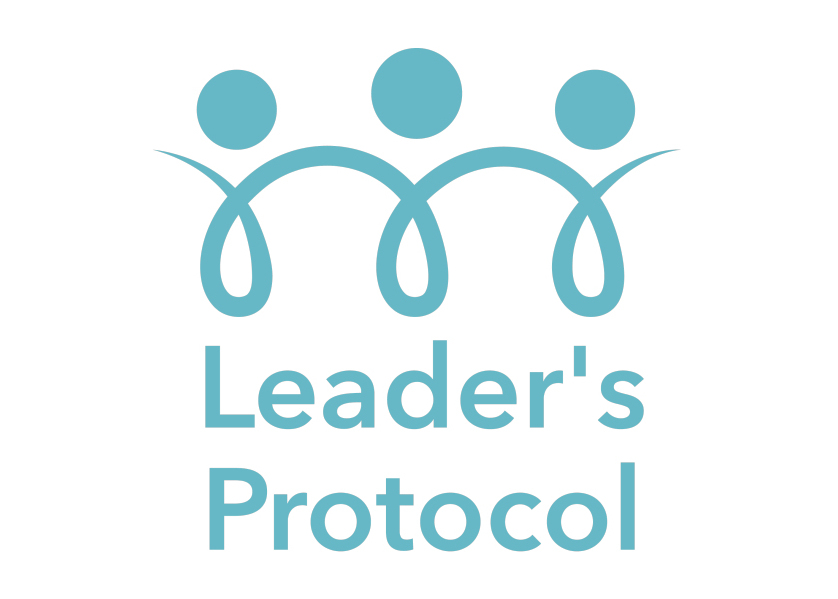Everyone wants to make a positive start in a new role. Whether the employee wanting to get their feet under the table as quickly as possible, and start making traction, or the leader wanting to welcome the new team member, or the team grateful for more help. Sometimes the process just doesn't seem to work. Here's some suggestions for leaders to help make sure it does.
After the Hire: Onboarding New Employees for Maximum Impact and Engagement; Formulas for Success
Onboarding is different to “joining”! It’s the strategic process of integrating new hires into an organisation, familiarising them with the company culture, expectations, roles, and processes. Especially in sectors where talent is scarce and the balance of power leans toward the employee, a well-executed onboarding process is critical. It’s a journey that begins the moment a job offer is accepted and can continue anywhere from three months to a year, depending on the role and the organisation.
As you read through this article, consider the unique challenges of onboarding in sectors where talent is in high demand. It is in these industries, perhaps more than anywhere else, that a well-executed onboarding process can truly shine as a formula for success.
Why is Onboarding Important in Talent-Scarce Industries?
In industries where skilled professionals are hard to find, the competition for the best talent is fierce. Industries like technology, healthcare, and specialised manufacturing often find themselves in a constant talent war. In these sectors, the cost of turnover is extraordinarily high, both in financial terms and in lost productivity.
Onboarding is a company’s opportunity to establish a strong foundation for a lasting relationship with its employees. Research by the Society for Human Resource Management (SHRM) shows that employees who participate in a structured onboarding process are 69% more likely to remain with the company for up to three years.
Let’s consider the energy sector, specifically renewable energy, which is undergoing massive growth and transformation. A 2022 study by the Clean Energy Council showed that one of the most prominent challenges this industry faces is attracting and retaining talent. Companies like SunPower Corporation have acknowledged this challenge and placed significant emphasis on their onboarding process, ensuring new hires feel valued, understood, and engaged right from the start. They’ve witnessed a noticeable improvement in new hire productivity and long-term retention as a result.
The Components of Successful Onboarding
A robust onboarding program extends far beyond paperwork and compliance. It sets the stage for employee engagement, productivity, and retention. Here are the components that will ensure maximum impact:
- Preboarding: This phase begins as soon as the job offer is accepted. Start engaging with the new hire immediately by sharing essential information about the company, their team, and their role. This can also include any background reading or resources that they might find helpful. Consider sending a welcome package to their home with company merchandise and a personal note from their manager.
- Orientation: This usually occurs on the first day and includes HR tasks, compliance training, and company-wide introductions. Orientation should also include an introduction to company culture and values.
- Role clarity: Clearly communicate the new hire’s role, responsibilities, and expectations. Direct them towards the resources they will need to perform their job effectively. Be sure to highlight how their role contributes to the company’s broader goals.
- Training and development: This is a critical part of the onboarding process, especially in talent-scarce industries where roles often require highly specialised skills. The training may take several weeks or months, depending on the role’s complexity.
- Relationship building: Introduce new hires to their team, managers, and key people in the organisation. Assign a mentor or buddy to help them navigate their first few weeks.
- Ongoing support: Regular check-ins are crucial during the first few months. Use these meetings to provide constructive feedback, address any issues, and reinforce positive behaviours.
- Engagement and inclusion: Make new hires feel part of the organisation. Involve them in team activities and initiatives that align with company culture.
Applying the Formula: A Case Study
The software industry is one of the sectors most affected by talent scarcity. Zendesk, a global software development company, has created an onboarding program called “Zendesk Welcome Experience” to address this challenge[^4^]. New hires are provided with a comprehensive onboarding experience that covers everything from company values to role-specific training. The results are impressive, with increased engagement and reduced time to productivity for new hires.
Key Takeaways and How to Apply Them
As we’ve seen, a well-planned onboarding process can make a significant difference, especially in sectors where talent is scarce. It not only enhances employee engagement and productivity but also boosts retention rates, making it a worthwhile investment for any organisation. Here’s a quick “how-to” summary based on what we’ve discussed:
- Start before day one: Engage new hires as soon as they accept the job offer.
- Focus on more than just HR and compliance: A successful onboarding program covers everything from company culture and values to role-specific training.
- Make role clarity a priority: Ensure new hires understand their role, responsibilities, and how they fit into the bigger picture.
- Invest in training and development: This is especially important in industries where roles require highly specialised skills.
- Foster relationships: Help new hires connect with their team and key people in the organisation.
- Provide ongoing support: Regular check-ins during the first few months can help address issues early and reinforce positive behaviours.
- Promote engagement and inclusion: Make new hires feel part of the organisation by involving them in team activities and initiatives that reflect company culture.
- In a talent-scarce landscape, companies that understand the power of an effective onboarding process will find themselves at a considerable advantage. Not only will they attract the best talent, but they will also engage and retain them, resulting in teams that are productive, innovative, and committed to long-term success.
Want more? I’d recommend …
Book: “The First 90 Days: Proven Strategies for Getting Up to Speed Faster and Smarter” by Michael D. Watkins. This book is a guide for leaders at all levels. Watkins provides a framework for transitioning into a new role and offers strategies to accelerate the onboarding process.
Article: “Getting New Hires Up to Speed Quickly” by Keith Rollag, published in the Harvard Business Review. This article shares valuable insights into the onboarding process and presents techniques to get new hires up to speed faster and more efficiently.
Video: “How to Properly Onboard New Employees” by Jenilee Deal, HRD from Netflix. This YouTube video offers a brief and engaging overview of the employee onboarding process.
Podcast: “Talent Management and Onboarding Strategies” on the HR Works Podcast. This episode delves into the details of successful onboarding and talent management strategies.
References
SHRM. (2017). New Employee Onboarding Guide.
Clean Energy Council. (2022). Clean Energy Australia Report.
SunPower Corporation. (2022). Our Culture.
Zendesk. (2021). The Welcome Experience at Zendesk.



